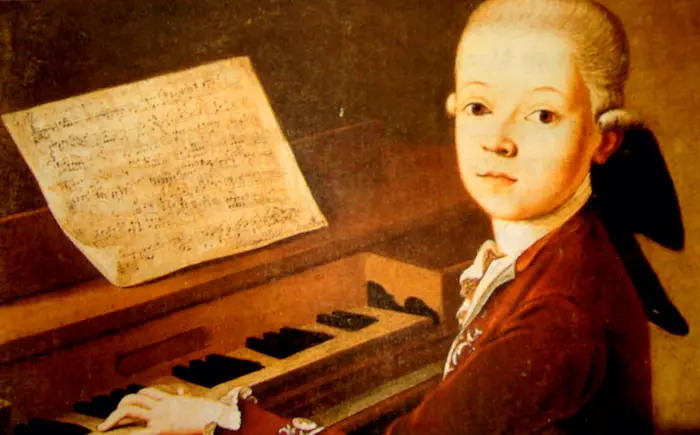Classical chamber music has a rich history and a unique purpose in the world of music. Designed for intimate settings and smaller groups of instruments, it offers a personal and intricate musical experience. This article explores the origins, development, and functions of chamber music, highlighting its role in both historical and contemporary contexts.
I. The Origins of Chamber Music
Chamber music dates back to the late Renaissance and early Baroque periods. Initially, it was performed in the private chambers of royalty and aristocracy. The intimate setting allowed musicians to explore complex musical ideas and interactions.
1. Social and Cultural Context
Private Performances: Unlike orchestral music, which was performed in large public venues, chamber music was intended for private gatherings.
Patronage System: Wealthy patrons commissioned pieces for personal enjoyment and social events.
Musical Experimentation: Smaller ensembles provided a platform for composers to experiment with new forms and styles.
2. Early Composers and Influences
Josquin des Prez and Giovanni Gabrieli: These composers laid the groundwork for chamber music with their innovative use of vocal and instrumental ensembles.
The Baroque Period: Composers like Arcangelo Corelli and Antonio Vivaldi further developed the genre, emphasizing the interplay between instruments.
II. Development During the Classical Period
The Classical period (1750-1820) saw significant advancements in chamber music. Composers like Haydn, Mozart, and Beethoven elevated the genre, creating works that are still celebrated today.
1. Key Features of Classical Chamber Music
Form and Structure: Classical chamber music often followed strict forms, such as the sonata-allegro, minuet, and rondo.
Instrumentation: Common ensembles included string quartets, piano trios, and wind quintets.
Emphasis on Dialogue: The interaction between instruments was a central feature, creating a musical conversation.
2. Notable Composers and Works
Joseph Haydn: Known as the “Father of the String Quartet,” Haydn composed over 80 quartets, setting the standard for the genre.
Wolfgang Amadeus Mozart: Mozart’s chamber works, including his string quartets and quintets, are renowned for their melodic beauty and structural clarity.
Ludwig van Beethoven: Beethoven’s late string quartets are considered some of the most profound and complex works in the chamber music repertoire.
III. The Romantic Era and Beyond
The 19th century brought new emotional depth and technical virtuosity to chamber music. Composers like Schubert, Mendelssohn, and Brahms expanded the expressive possibilities of the genre.
1. Romantic Innovations
Expanded Harmonic Language: Romantic composers used richer harmonies and more daring modulations.
Emotional Expression: Chamber music became a vehicle for intense personal expression and dramatic storytelling.
Virtuosic Writing: Technically demanding passages showcased the skills of individual musicians.
2. Key Figures and Masterpieces
Franz Schubert: Schubert’s “Trout Quintet” and string quartets are celebrated for their lyrical beauty and emotional depth.
Felix Mendelssohn: Mendelssohn’s chamber works, including his Octet for Strings, are known for their brilliance and innovation.
Johannes Brahms: Brahms’s chamber music, such as his Piano Quintet and String Sextets, combines structural rigor with rich emotional content.
IV. Chamber Music in the 20th and 21st Centuries
The 20th century saw further evolution in chamber music, with composers exploring new forms, techniques, and cultural influences.
1. Modern and Contemporary Trends
Experimentation: Composers like Arnold Schoenberg and Igor Stravinsky broke away from traditional tonalities and forms.
Incorporation of Technology: The use of electronic instruments and digital technology has expanded the sonic possibilities of chamber music.
Global Influences: Contemporary composers often draw on diverse musical traditions, incorporating elements from various cultures.
2. Prominent Composers and Works
Béla Bartók: Bartók’s string quartets are noted for their rhythmic complexity and incorporation of folk music elements.
Dmitri Shostakovich: Shostakovich’s chamber works, including his 15 string quartets, reflect his personal struggles and political environment.
Steve Reich: Reich’s minimalist compositions, such as “Different Trains,” utilize repetitive patterns and phasing techniques.
V. The Purpose and Function of Chamber Music
Chamber music serves multiple purposes, from personal enjoyment to educational and professional development.
1. Intimacy and Interaction
Close Collaboration: Musicians must listen closely to each other, creating a cohesive and responsive ensemble.
Intimate Settings: Chamber music is often performed in small venues, allowing for a direct connection between performers and audience.
2. Educational Value
Skill Development: Chamber music hones technical skills and ensemble playing, essential for musicians’ growth.
Repertoire Exploration: Students and professionals explore a vast and diverse repertoire, gaining a deeper understanding of musical styles and traditions.
3. Community and Cultural Enrichment
Access and Engagement: Chamber music performances often reach communities that may not have access to larger concert events.
Cultural Preservation: Performing and studying chamber music helps preserve and promote cultural heritage.
4. Innovation and Creativity
Composer Collaboration: Chamber music allows composers to work closely with musicians, fostering innovation and experimentation.
Flexibility: The smaller scale of chamber ensembles enables more flexible programming and creative projects.
See Also: Classical Music for Kids: A Deep Dive into Timeless Melodies
VI. Conclusion
Classical chamber music remains a vital and evolving genre, cherished for its intimacy, complexity, and emotional depth. Its ability to adapt and innovate while preserving its rich heritage ensures its continued relevance and appeal. As musicians and audiences alike engage with this timeless art form, chamber music continues to inspire, educate, and connect people across cultures and generations.
By exploring the multifaceted purposes of chamber music, we gain a deeper appreciation for its role in the musical and cultural landscape. Whether experienced in a grand concert hall or a cozy living room, chamber music offers a unique and profound musical journey, touching the hearts and minds of all who encounter it.

